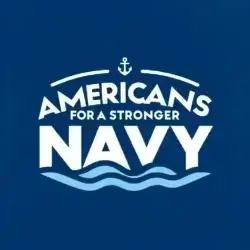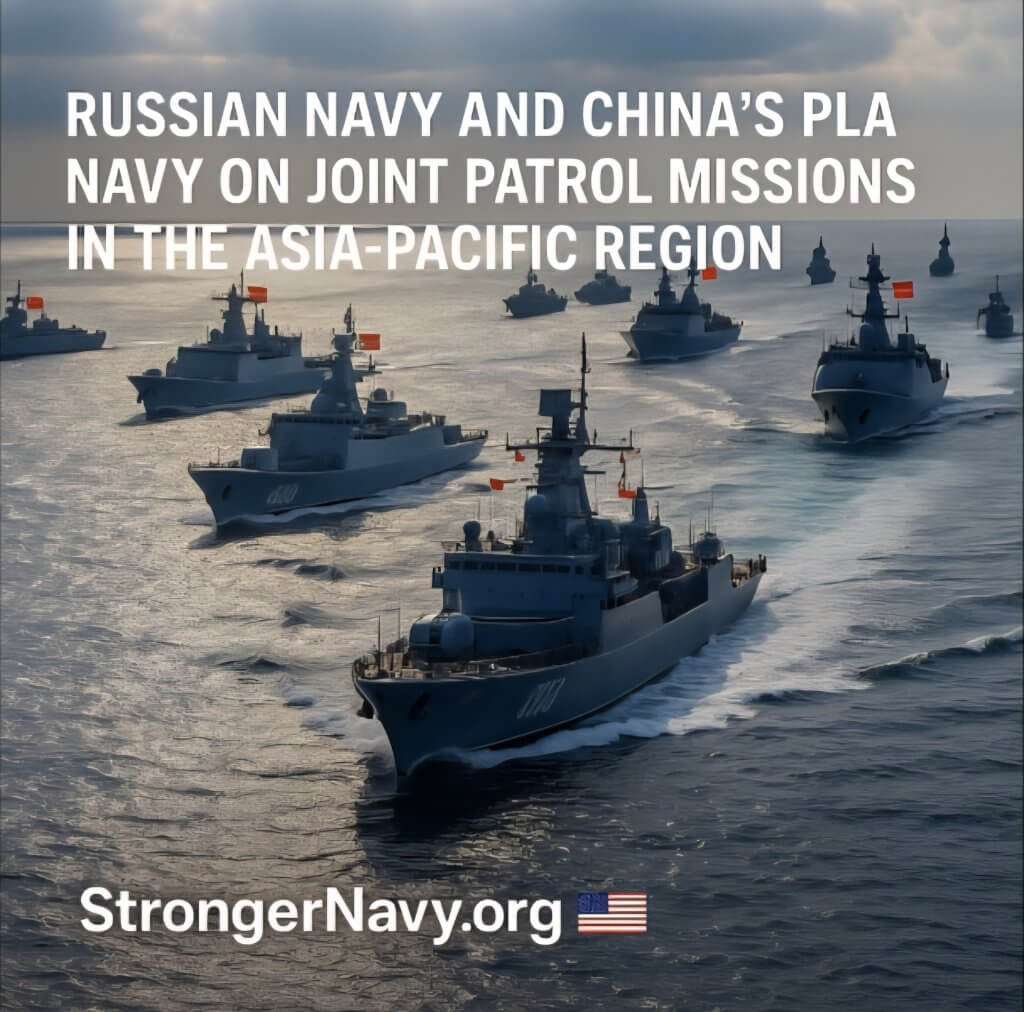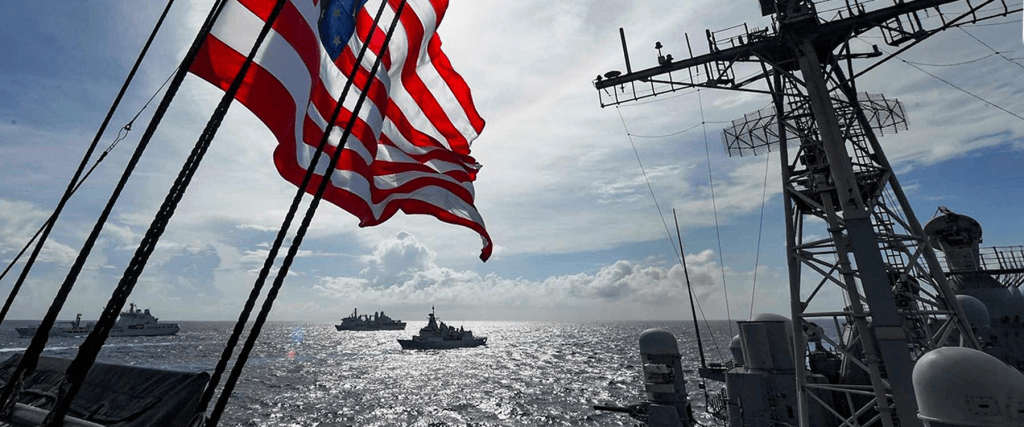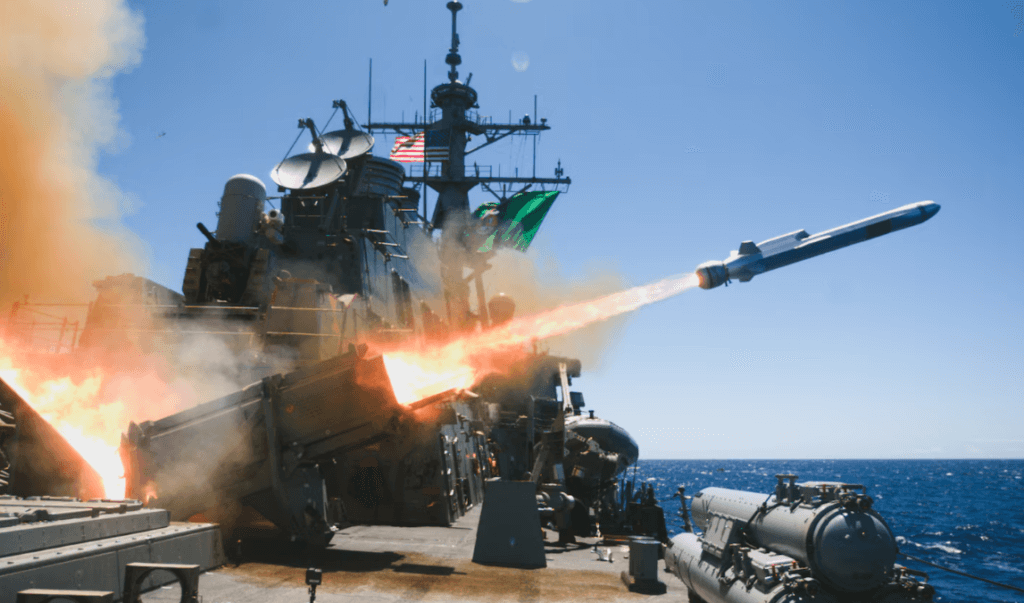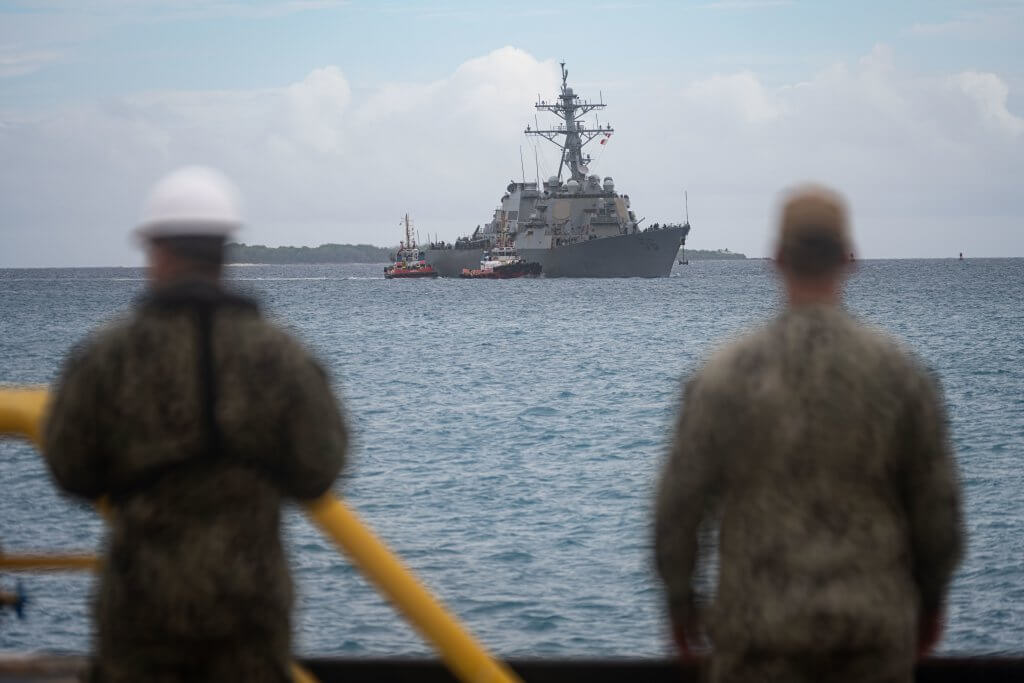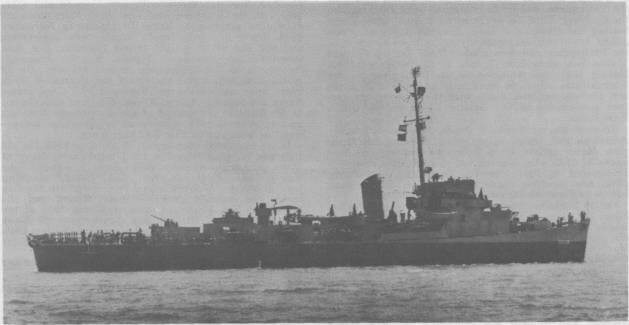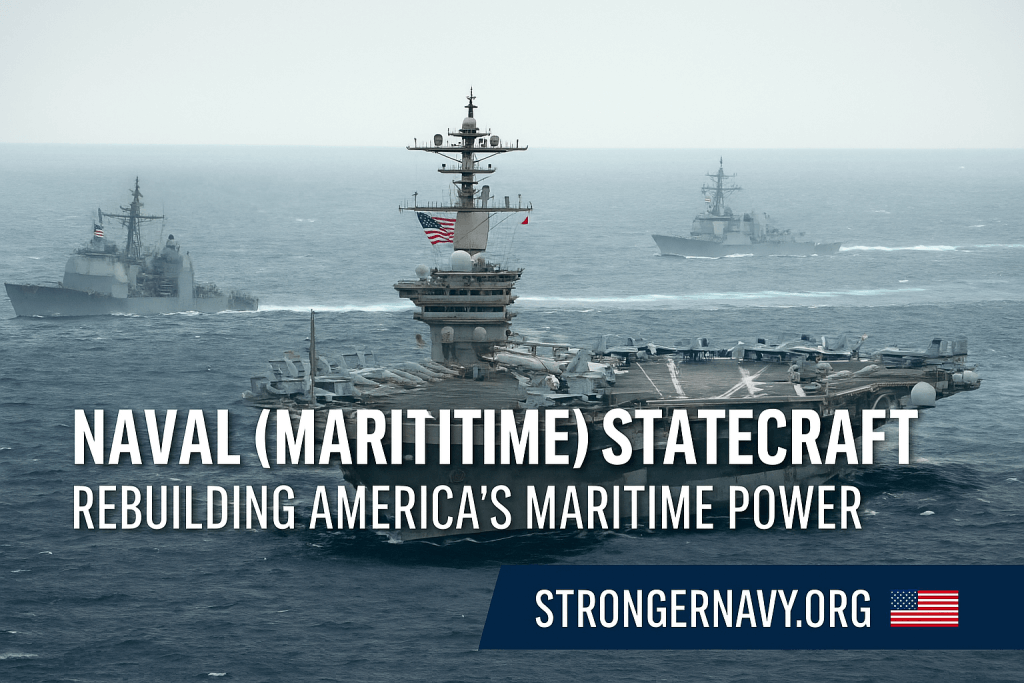

Introduction
As a former U.S. Navy destroyer sailor from the ’70s and founder of Americans for a Stronger Navy, I’ve seen firsthand how sea power isn’t only about ships—it’s about people, industry, and the trade that keeps America moving. This isn’t a Beltway debate; it touches your grocery bill, your job, and the undersea cables that carry your paycheck.
In this interview, Captain Brent D. Sadler, USN (Ret.), discusses the ideas from his book U.S. Naval Power in the 21st Century: A New Strategy for Facing the Chinese and Russian Threat. He calls this framework naval statecraft. In Washington circles, the same concept is often referred to as maritime statecraft—a term meant to highlight the economic and commercial side of sea power. As Sadler makes clear, the two are essentially the same. What matters is the substance: reconnecting America’s Navy with shipyards, supply chains, and allies.
If we want peace, prosperity, and fewer crises, we must rebuild the muscle behind the flag—logistics, repair, and a maritime workforce. This interview is a practical roadmap. —Bill
Overview
Captain Brent D. Sadler, USN (Ret.), argues that America must reconnect military power with economics, industry, and trade—what he calls naval (or “maritime”) statecraft. It’s not a new strategy so much as a return to our roots: the Navy as a warfighter, a shaper of peace, and a protector of commerce. That means rebuilding ships and shipyards, restoring sealift and logistics, re-wiring alliances for industrial capacity, and aligning innovation with both commercial and military needs.
What Is Naval/Maritime Statecraft—and Why It Matters
- More than combat: the Navy deters war, protects trade, and shapes the environment in peacetime.
- Break the silos: integrate defense, diplomacy, and economics so China can’t “triangulate” between them.
- Update the structure: organize like it’s a long competition again—industry, ports, sealift, and policy working together.
Lessons from History
- Avoid a “Phony War”: weak industrial bases turn short crises into long wars.
- Operate where you may have to fight: know the people, ports, and waters before a crisis.
Today’s Pressing Challenges
- Industrial shortfall: workforce gaps, thin supply chains, and insufficient naval architects and yards.
- Logistics as Achilles’ heel: too few tankers, dry cargo/ammo ships, and assured fuel storage after Red Hill.
- Economic leverage: China’s dominance in shipbuilding, shipping fleets, and port stakes shapes global trade on its terms.
- Undersea infrastructure: seabed cables and pipelines are targets; cyber and space resilience are now core to sea power.
A Practical Path Forward
- Demand and Shipyards: use smart incentives (e.g., Jones Act demand, allied capital) to expand U.S. yard capacity.
- Human Capital: rebuild the trades—welders, pipefitters, naval architects—and grow maritime education pipelines.
- Innovation with Purpose: from advanced logistics to modular cargo, small modular reactors, and data-driven supply chains—commercial breakthroughs that also serve military sustainment.
- Allied Muscle: tap allied shipping and yards (Japan, South Korea, Europe, Canada) to scale capacity fast and politically sustainably.
Why Americans Should Care
Everything from groceries to phones rides ships and undersea cables. If adversaries control ports, fleets, and repair yards—or cut our cables—prices spike, jobs suffer, and crises last longer. Maritime strength keeps daily life predictable.
Implications for the Navy
Prioritize logistics ships, fuel resilience, dispersed Pacific access, and contested-environment sustainment. Tie operational concepts to a revitalized industrial base so the fleet you plan is the fleet you can build, crew, repair, and keep at sea.
Implications for Our Allies
A stronger U.S. maritime sector reduces dangerous dependence on Chinese shipbuilding and sustains shared deterrence. Joint investment in yards, sealift, and pre-positioned stocks turns alliances into real capacity.
Call to Action
Citizens should press leaders—local, state, and federal—to support maritime education, shipyard expansion, and logistics recapitalization. Industry and investors should pursue maritime tech and U.S. waterfront projects. Policymakers should align defense, commerce, and diplomacy to grow capacity at home and with allies.
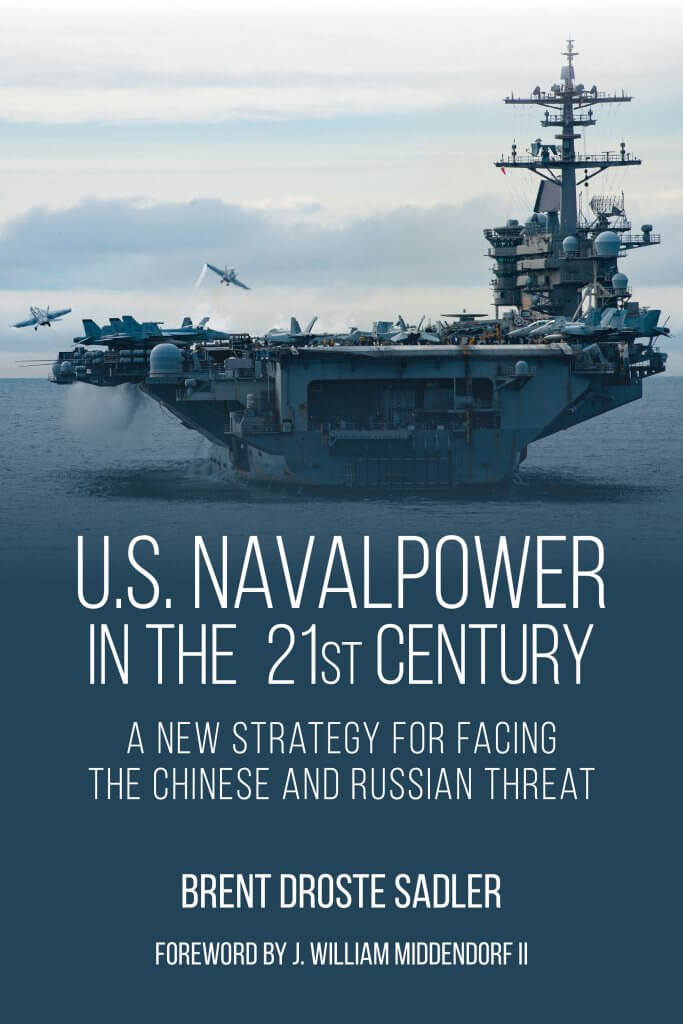
For deeper dives, we launched Charting the Course: Voices That Matter — a 24-part educational series breaking down how we got here, what went wrong, and what must happen next. Our goal is simple: educate the public, connect the dots, and build the support needed to close the readiness gap before it’s too late.
Let’s roll.

